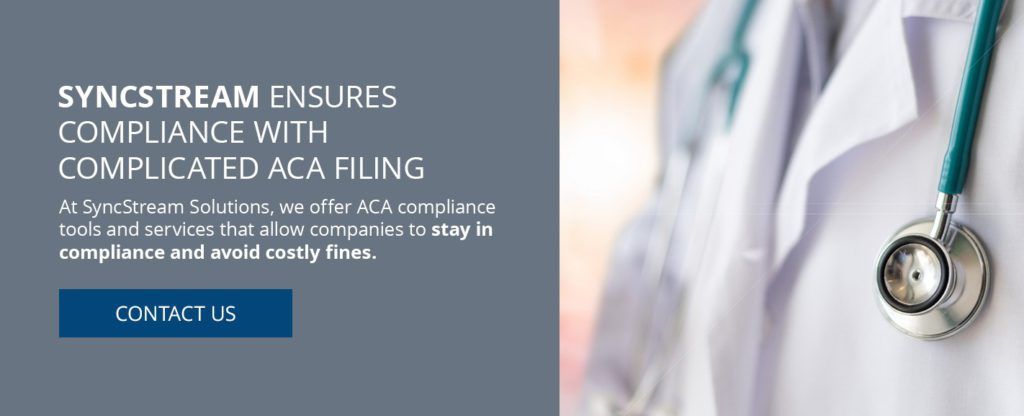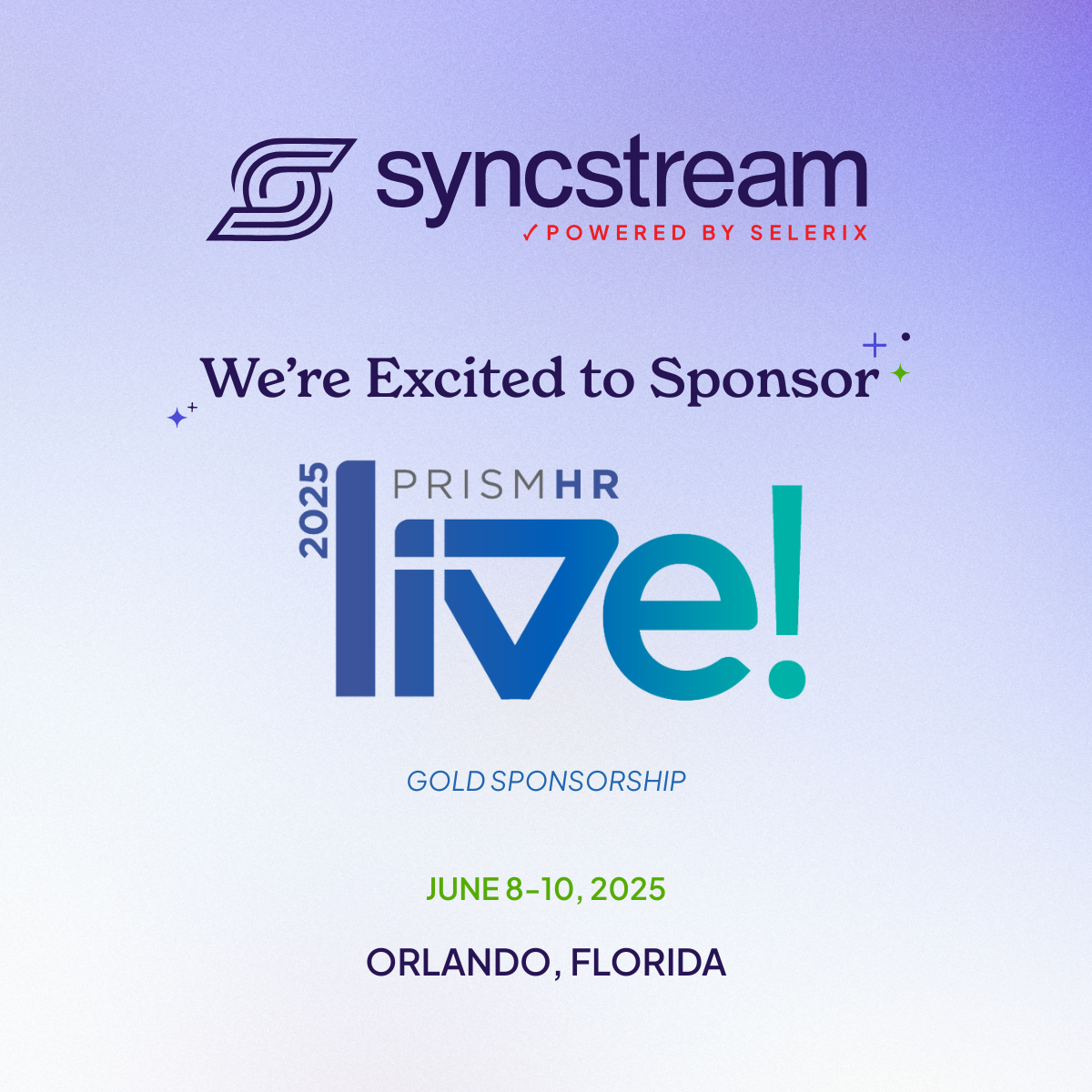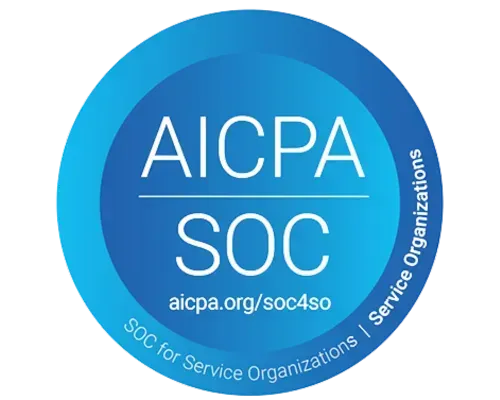How the ACA Affects Multiemployers and What to Do About It

Some group health plans are established by more than one employer. This is the case with multiemployer plans. These plans are commonly labeled as health and welfare plans, as they may include health care, life insurance and disability insurance benefits. Most plans are indemnity plans, meaning payments are made for services provided.
Are you an HR manager or admin of a medium to large business that has implemented a multiemployer health plan? At SyncStream, we handle Affordable Care Act (ACA) reporting for multiemployer health plans and can provide the compliance solutions you need.

What Is a Multiemployer Health Plan?
A multiemployer group health plan is a plan that is jointly sponsored by at least two employers. A multiemployer health plan is established or maintained under one or multiple collective bargaining agreements, which have at least one local union involved. Under a Taft-Hartley plan, a joint board of trustees is the plan sponsor. This board of trustees is comprised of representatives from labor and management and is responsible for the administration and operation of the group health plan.
A multiemployer health plan that is not a Taft-Hartley plan does not include trust funds that are governed by a joint board of trustees from labor and management. However, it does include contributions from one or multiple collective bargaining agreements and several employers.
How Are Multiemployers Subject to the ACA?
Does the ACA apply to all employers? The Affordable Care Act is wide in scope and affects a few health plans and sponsors differently than others. A multiemployer plan has some unique issues. The penalties for failing to comply with ACA requirements as a multiemployer can be significant. To avoid these penalties, your organization should be aware of the multiemployer ACA requirements.
Multiemployer ACA Requirements
Under the ACA’s pay-or-play mandate, large employers are required to provide affordable, minimum value health coverage and minimum essential coverage (MEC) to full-time employees and these employees’ eligible children. If not, these employers must pay a penalty. The ACA requirements for applicable large employers are as follows:
Contribute to the plan on the employees’ behalf: One of the requirements for a multiemployer health plan is that the employer must contribute to the plan on the behalf of eligible employees.
Complete Forms 1094-B and 1095-B: Form 1094-B will be submitted to the IRS and Form 1095-B will be submitted to covered individuals to establish the responsibility of the multiemployer health plan. This reported information gives the IRS the ability to evaluate whether the ACA individual mandate has been satisfied for health plan coverage.
Complete Forms 1094-C and 1095-C: Form 1094-C will be submitted to the IRS and Form 1095-C will be submitted to the covered employees. The IRS will use this information to decide whether the employer should be subject to penalties and to report on the adequacy and extent of the health insurance coverage available.
Offer minimum value, affordable coverage: Another requirement for a multiemployer health plan is that the coverage offered must provide minimum value and qualify as affordable.
Offer coverage to eligible employees and children: Under a multiemployer plan, coverage should be offered to employees who meet the eligibility rules of the plan and their children under the age of 26.
Multiemployer plans that meet these criteria are typically protected from a penalty.
Steps for Multiemployer Compliance
Now that you know what you need to accomplish under the ACA requirements for multiemployers, follow these steps for compliance:
- Review guidance from the IRS: To start, review the IRS instructions and forms for ACA reporting. For example, employer shared responsibility (ESR) information statements, also known as Form 1095-C, should be completed and furnished to every full-time employee. Also complete Forms 1094-B, 1094-C and 1095-B.
- Decide who will handle reporting: The next step is deciding who will be submitting employer shared responsibility statements and reports on behalf of the contributing employers. For an employer that handles its own ESR reporting, the decision will need to be made about what assistance and information the health plan will provide and in what way.
- Designate a contact person for reporters: Every multiemployer plan should determine who will act as the designated contact person for the reporting purposes of minimum essential coverage. An automated response may be set up for the contact phone number for inquiries, though the caller must be able to speak with a person during the call. A third party may also be designated by the reporter to be the contact person.
- Create a plan for communicating ACA reporting information to employers: An administrator of a multiemployer plan may want to determine how to best prepare communications to the contributing employers. These communications provide information on the compliance options for contributing employers with ESR reporting obligations and confirm the administrator’s responsibility for minimum essential coverage reporting.
- Verify collection capabilities for information: A plan must be established for exchanging information between the plan and the employers. The information that should be exchanged between the contributing employers and the multiemployer plan depends on whether the contributing employers choose to prepare ESR reports for each of their full-time employees.
- Establish a plan to file IRS reports: Next, you should establish a plan for filing the IRS reports. Consider whether substitute forms, combined forms or electronic filing should be used. A substitute form can be used if it includes all the required information on ACA reporting forms. Combined forms will include sections for ESR reporting information and MEC reporting information. Electronic filing is especially useful for reporters who must file many reports.
- Create a plan to furnish individual information statements: Finally, you should create a protocol for furnishing electronic statements, mailing paper statements and confirming addresses. You may also want to consider whether to develop consent forms, disclosure notices and website notices.

SyncStream Ensures Compliance With Complicated ACA Filing
At SyncStream Solutions, we offer ACA compliance tools and services that allow companies to stay in compliance and avoid costly fines. Our products can handle even the most complicated employer scenarios in ACA compliance and reporting. When we work with clients, we utilize the following core values:
Knowledge: At SyncStream, we continuously strive to learn more and raise our team’s competency in the industry.
Service: We are available to provide high-quality, customized service whenever you need it.
Professionalism: We are committed to including accurate and current information in each of our services and products.
Integrity: You can count on consistency in our values, actions, methods, principles, measures, expectations, services and outcomes.
As an HR manager or admin of a medium to large business, you deserve reliable ACA compliance solutions. Contact us at SyncStream or get a commitment-free quote today.





